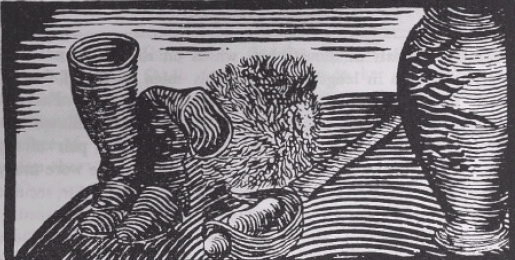Safdar Jang
This is a collection of articles archived for the excellence of their content. Readers will be able to edit existing articles and post new articles directly |
This article was written in 1939 and has been extracted from
HISTORIC LUCKNOW
By SIDNEY HAY
ILLUSTRATED BY
ENVER AHMED
With an Introduction by
THE RIGHT HON. LORD HAILEY,
G.C.S.I., G.C.I.E.
Sometime Governor of the United Provinces
Asian Educational Services, 1939.
Safdar Jang
1739-1753
Famous Throughout India As Safdar Jang, the real name of the second Nawab of Oudh was Abul Mansur Khan, or Ali Mansur Khan. He was the nephew and son-in-law of Sa’adat Ali Khan, his predecessor. The name of his wife was Begum Aliya Sadru.
The Emperor of Delhi, Muhammad Shah, was engaged in a war in Sirhind against Shah Abdali when his commander, Mirza Ahmad, was joined by Safdar Jang and a number of guns; with his aid Shah Abdali was defeated three times.
On the death of the Emperor in 1749 Mirza Ahmad succeeded to the throne of Delhi, whereupon Safdar Jang, then Subadar of Oudh, followed the example of his uncle, displaying his talents at the court to such advantage that he was soon made Wazir of the Delhi Empire, an office which thenceforth became hereditary. It was usual for a Subadar to rule his ‘suba’ in the country, while his duties of Wazir were performed in Delhi by a deputy.
Safdar Jang, being of a militant disposition, warred against the Rohillas. By enlisting Maratha aid he temporarily subdued the Pathans before he took up his abode in Oudh and established his court at Fyzabad.
He continued to rent the palaces taken by his predecessor in Lucknow and finally assumed complete possession by exchanging them with a Sheikh family for seven hundred acres of land in Dugaon. He did not reside permanently in Lucknow, however, until almost towards the end of his life, but his financial ability strengthened his already influential position as ruler of Oudh. As a visible sign of his wealth and power, he built the fort of Jalalabad in the direction of Cawnpore, not far from Lucknow. This fort has lately fallen into complete ruin. It was the scene of sharp fighting in 1858, for it came into the line of defences which also included the Alam Bagh.
On January 12, 1858, the rebels planned a great attack upon General Outram’s force, and a Hindu fanatic who purported to represent Hanuman, the monkey god, led a large body of men against Jalalabad. They were repulsed and left their leader and many of their comrades dead upon the field. Another massed attack was made upon the same line of defences on February 21. This also failed. Soon Jalalabad Fort was abandoned as lacking in strategical importance, for the field of activity of the British narrowed as they succeeded in quelling disturbances. To return to the reign of Safdar Jang, his minister Newal Rai planned the great stone bridge over the Gumti at Lucknow, but died before it could be completed.
Authorities differ as to dates about this time, but it is generally accepted that Safdar Jang died of fever in 1753. His remains were taken to Delhi, where they were interred beneath the world-famous edifice known as Safdar Jang’s Tomb, to this day a place of beauty, whether sparkling in the glory of the mid-day sun, silhouetted against the soft grey half-light of evening, or silent in the mysterious radiance of the moon.
In appearance Safdar Jang was a fine-looking man. Like his uncle he wore a beard and possessed clear-cut features and an aristocratically high-bridged nose. His garments were of the finest material. Although he did not display a great number of jewels, those he wore were large and valuable. In his best-known portrait he is shown as wearing a long white robe with a swinging skirt, not unlike that of a dancing girl.
Girded at the waist was a belt which held his sword in a velvet scabbard, richly ornamented. His corsage was relieved by ropes of precious stones. Over all he wore a richly embossed coat, heavy bracelets jangling at either wrist. The pagri was loosely tied, a long aigrette fastened at the front and curled over his head. This portrait, which was executed some years after his death, contains an anachronism, for in the background is the great Chutter Munzil Palace which was not built until more than half a century later !

